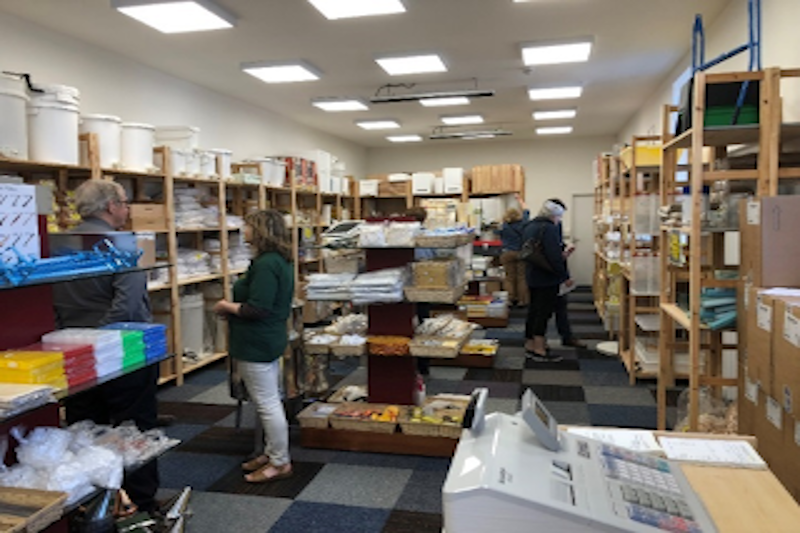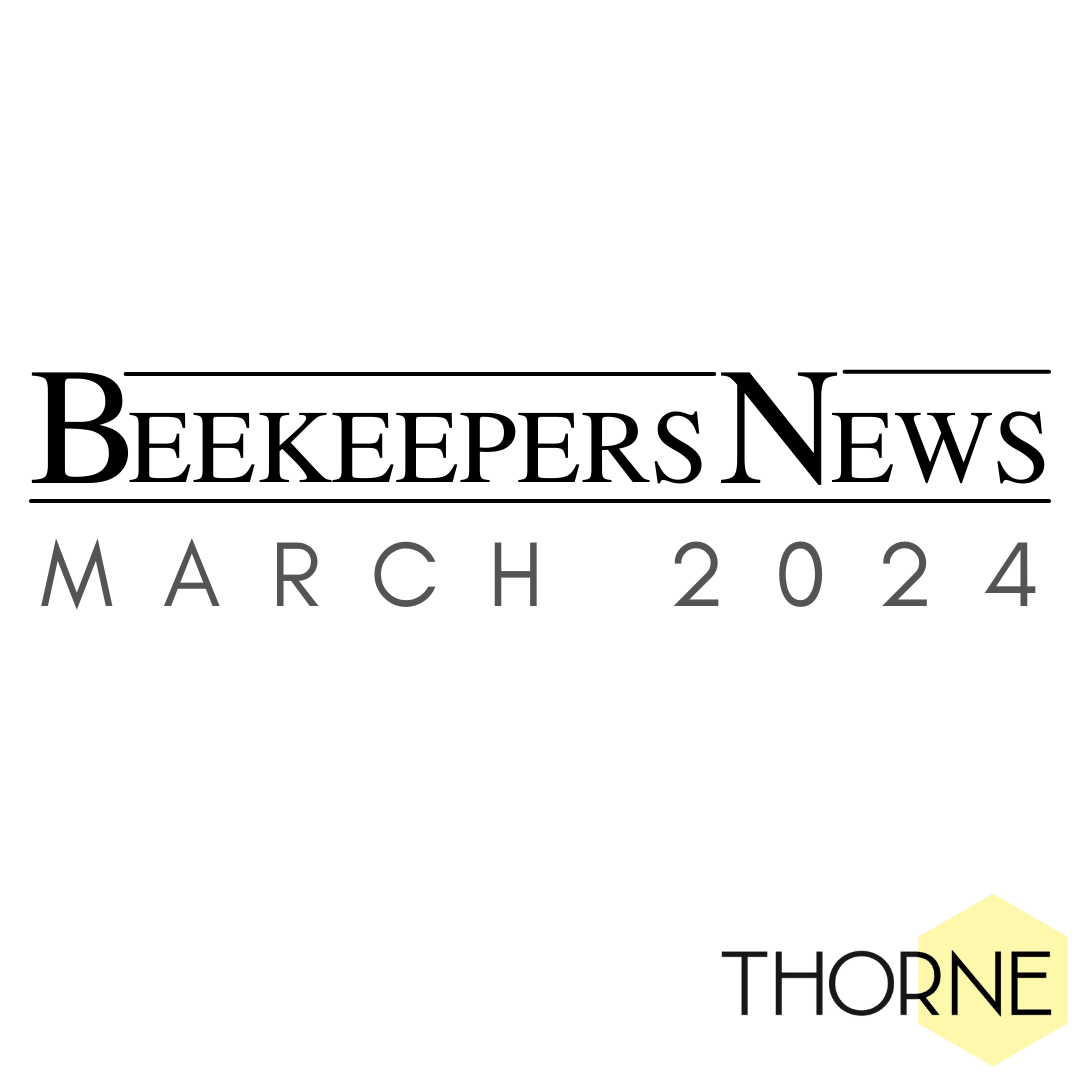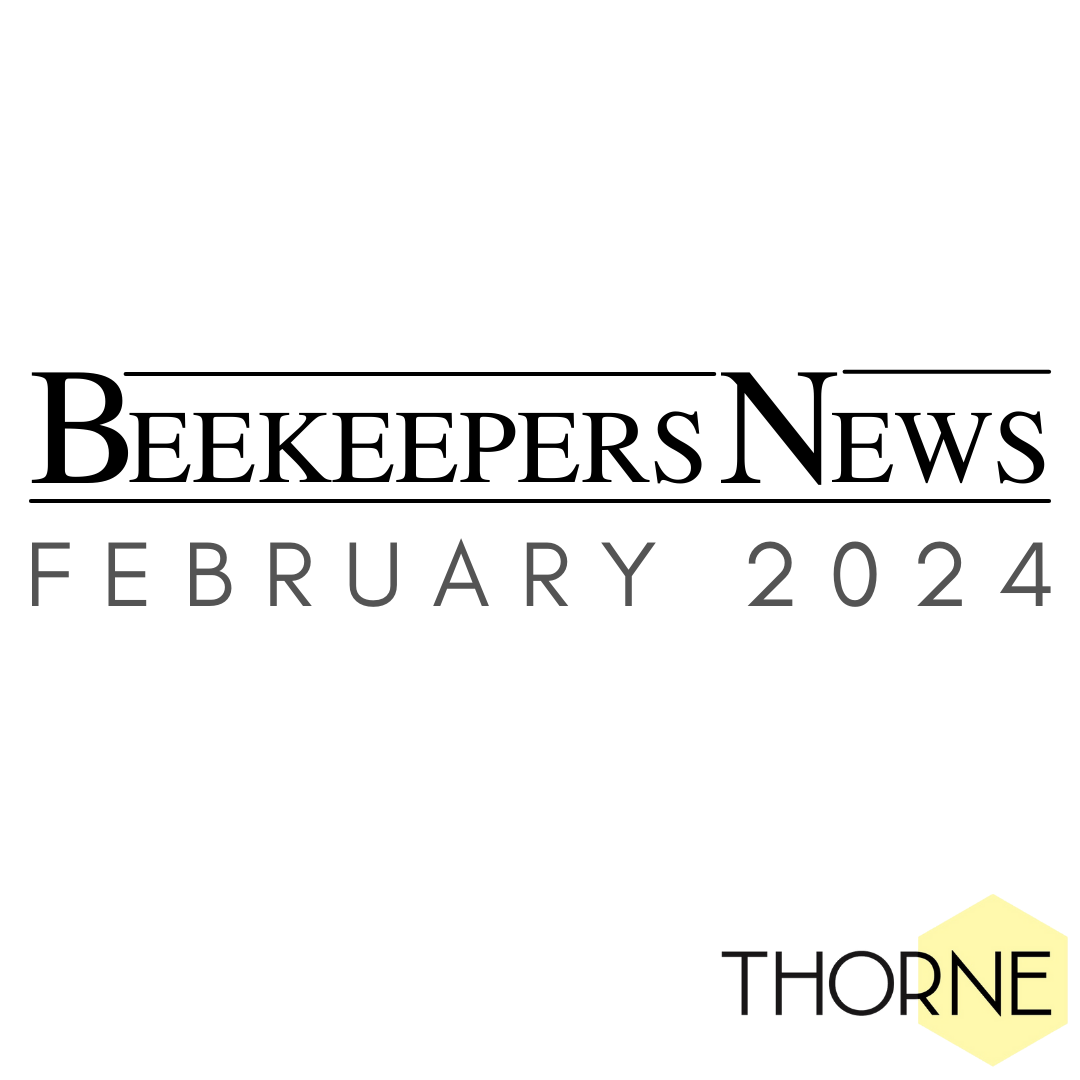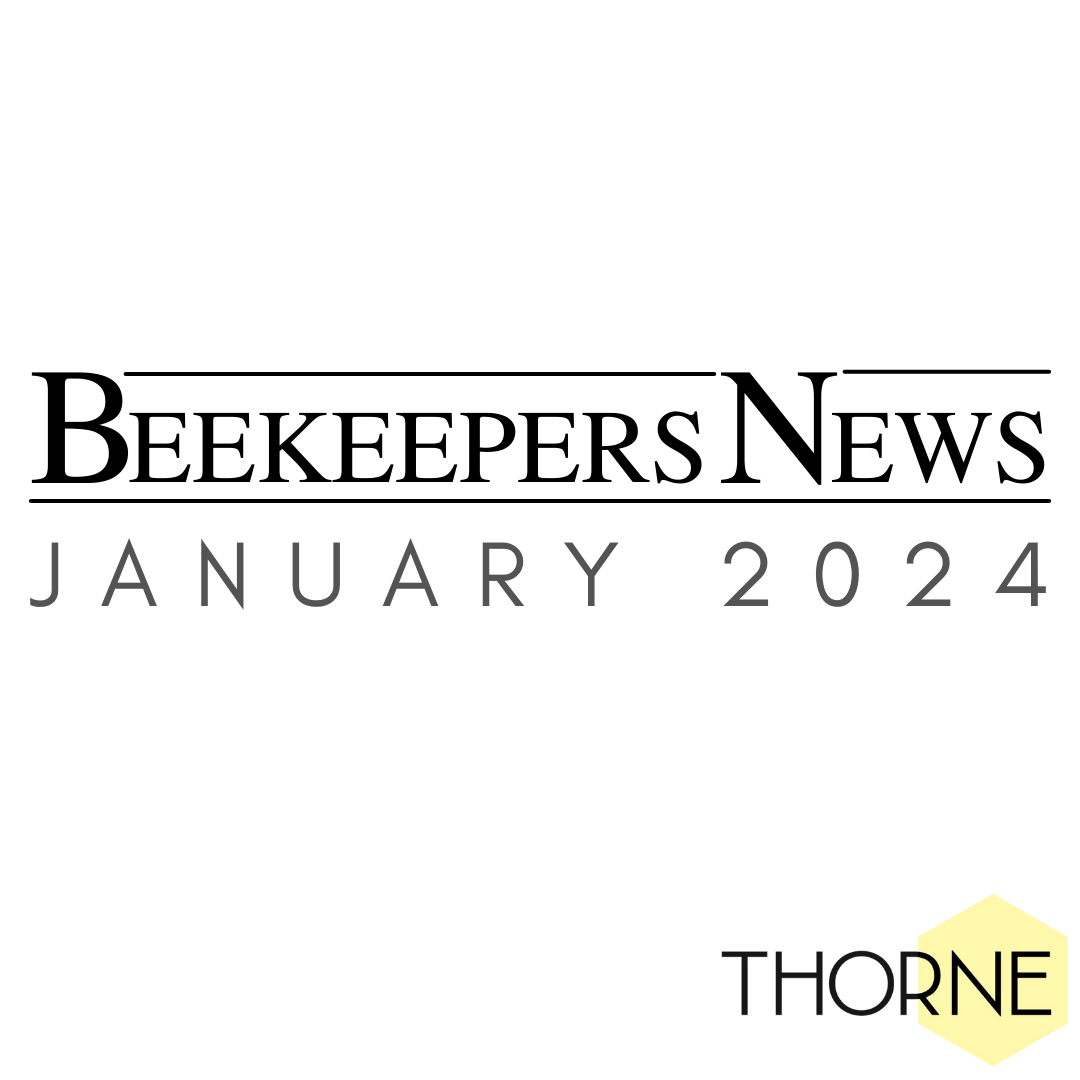May Roundup
May is usually our busiest month of the year, the height of spring with flower buds on crops and flowers ready to burst open, unless of course we have a Beast from the East to slow it all down. So spring was late, the rape came and went very quickly, there were quite a few colony losses reported but there has still been plenty of nectar flowing, especially on the Hawthorn. Now, at the end of May there are some pretty happy beekeepers around.
So, as if we were not busy enough we opened our new retail outlet in Devon over the months first Bank Holiday Weekend. This is located at Quince Honey Farm in South Molton and what a great few days of meeting hundreds of beekeepers, who now found they had a good local supplier of quality equipment. If visiting our store, we are open Monday to Saturday 10.00am-5.00pm. The phone number is 01769 573086 or email devon@thorne.co.uk.
If you have time the World of Honeybee exhibition at Quince Honey farm is well worth a visit, it has exceptional displays of working hives.
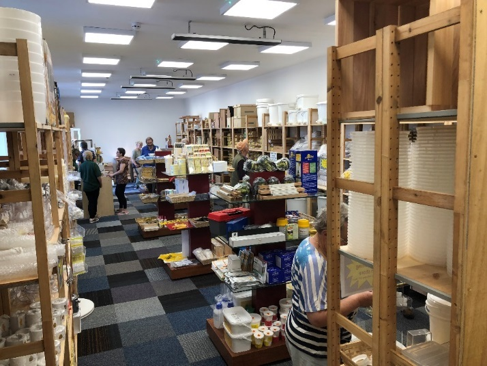
Besides the new store we were also somewhat involved in another major project which pitched us into the unknown. We sponsored, designed, constructed, arranged, erected and help man for a few days a small display/garden at the 2018 RHS Chelsea Flower Show. We did this in conjunction with our favourite beekeeping charity, Bees for Development. It was in the Discovery section of the Great Pavilion the ‘Power of Bees’ showing Bee Houses for feral colonies. They had samples of almost thirty crops that depend on bees for pollination, including some more obscure like coffee, cotton, coconuts and Brazil nuts and of course they were delivering the Bees for Development core message, helping people out of poverty in some of the poorest parts of the world by training them how to keep bees.
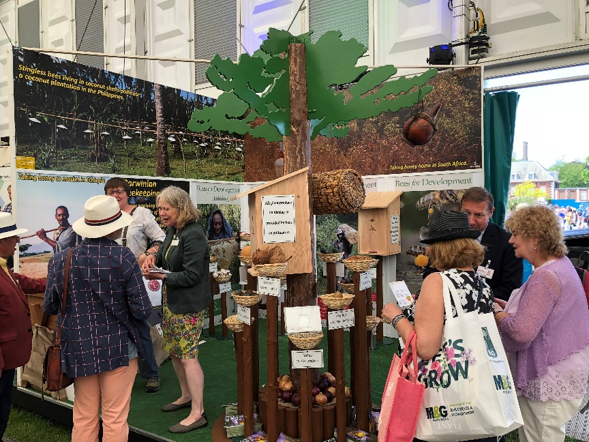
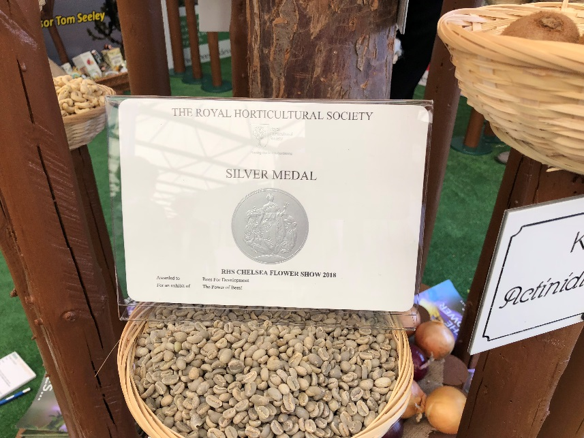
Bees for Development won a Silver Medal and were probably the only garden at Chelsea that did not have a live plant on display! Staff and trustees from BfD were busy all week to answer a myriad of questions on all things bees. It was a major logistical challenge that should bear great results for the future.
Equipment Focus………
Bee Escapes
For many years the choice of equipment for clearing supers was pretty limited.
The beekeeper could either shake the bees off the combs, brush them, blow them, use benzaldehyde or a similar obnoxious substance or use a Porter Escape.
These were originally made from tinplate and in the UK by Waldrons of Stratford-on-Avon. They also produced the Crowther Eight Way Escape.
We took over Waldrons in the 1980's and continued making the tinplate escapes for several years.
As time progressed and plastic technology improved with mould costs reducing new ideas for escapes started to appear. Canadian Cone Escapes were probably the first, closely followed by the French style 'Lozenge' or Rhombus (as we call it) Escape. Latterly Circular Escapes have appeared in different guises using a variety of tunnels as the bee exit from supers. These type of Escapes are rapid and will clear supers in a few hours. Do not leave them on too long or the Bees will find their way back.
Whatever your choice of escape it is always good policy to check the springs in Porters are 2-3mm apart and tunnels in others are not blocked.
If you make your own rapid escape board ensure the Bees have a void in which to gather after exit by adding a deep rim to the underside of the escape board. See our Canadian Clearer Board and Rhombus Boards below.
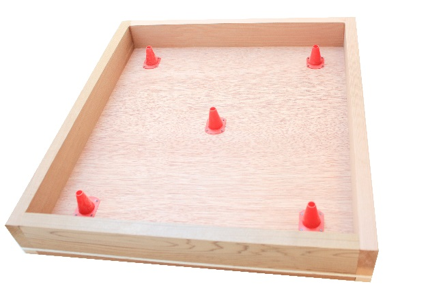
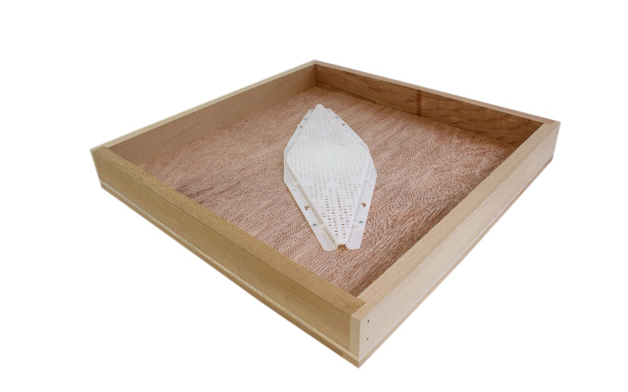
Ask our Expert
Sorry to drone on…
This winter past we have observed a large loss of colonies. The colonies that have died out seem to fall into three groups: sizable colonies that have died out with lots of stores (usually ivy or rape honey, set so hard the bees can’t use it), small colonies too weak to survive, that probably should have been united to give a stronger stock (20/20 hind sight is a wonderful thing). The third group are colonies that appear to have dwindled away (sometimes the queen is still present, often she isn’t). This latter group are usually put down to poorly mated or failing queens.
Last year I decided to increase the number of drones in my hives to improve mating (someone has got to). Various beekeepers advised against it… The general perceived wisdom is that drones cost the hive in honey, they contribute nothing and act as a vector for Varroa, the removal of them to trap Varroa is their only redeeming benefit.
If this is the case why do wild colonies contain between ten and twenty percent drone comb?
I put one frame of drone comb into my 14”x12” Nationals as part of a Bailey comb change, ensuring the comb was spaced to allow the drone cells to be capped (the standard spacing of DN4 Hoffman frames only allows one bee space between frames, stopping the capping of Drones). The drone comb was placed in the middle of the nest; it was the first comb drawn by the wax workers, and the first comb laid by the Queen.
Once the drones started to hatch I monitored the Varroa levels very carefully, there was no discernible increase. The temper of the two colonies I did this to was fine to start with, and if anything they have become even calmer and more laid back. There is a suggestion in the literature that an increase of Drones in the colony reduces swarming… Both colonies I did this to last year produced no cells at all, and only an odd play cell so far this year.
The books suggests that workers are genetically only 50% related to the Queen, and come pre-disposed to try and raise an egg from their cohort to a Queen Cell, having a 75% investment. The Queen is happier with lots of her Drones around as they are all 100% snapshots of her DNA, a happy relaxed (less stressed) Queen should be in better pheromonal control of her colony. The increase in the number of drones from one in a hundred to 10 or 20% makes the activities of the workers futile and Queen cell production is reduced.
One observation from last year suggests that I should have moved the Drone Comb to the side of the brood nest once the queen had stopped producing drones; as it was the workers filled the Drone comb with honey splitting the nest into two. The Queen continued to lay in the 5 frames on the warm side of the hive, the other half of the nest hatched out, and was then filled with honey. I wondered if the queen would start to one side of the barrier in spring… I needn’t have worried first inspection in March showed the nest on 7 frames – 3 frames on either side of the Drone frame, and the drone frame fully laid up with drones. This was mirrored in the second colony, and the Varroa numbers are still low and bees happy and healthy.
There may be something in the saying “A happy hive is a hive with drones”.
Special Offer
Ensure your honey is ripe and the moisture content is not too high with these superb refractometers on offer at only £25
These affordable optical instruments used to be out of reach on grounds of cost for most beekeepers. Today however we can offer them at a bargain basement price.
They are ready calibrated, easy to use and very reliable.
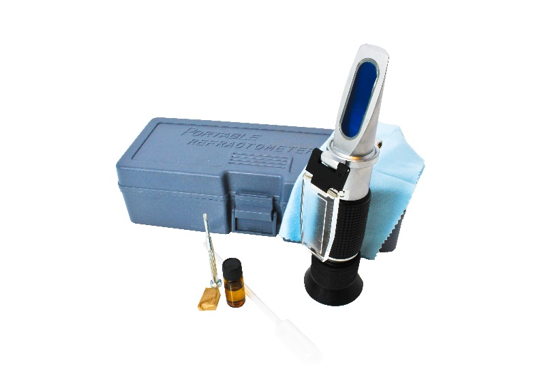
Beekeeping Blog
May
May has been a much better month for us here in Lincolnshire, with long hot days allowing the bees to get out and forage on locally available sources such as oil seed rape. We have been out early in the mornings to allow for the hot weather, as working in the full heat of the day with a bee suit on is never enjoyable!
As the colonies have expanded, the bees have needed more space. Some are now on three brood bodies! These are colonies that have not yet shown any signs of swarming but we will be keeping our eyes peeled, ready to split these large colonies when the time is right.
Some colonies, as is right at this time of year, have shown signs of wanting to swarm by creating queen cells. These have been managed by way of artificial swarm to make the bees think they have already swarmed. In doing so, we hope not to lose any colonies.
The picture below shows one of our hives with three brood bodies. We added foundation to the top one to gives the bees more space and by the same day the week after, the whole brood body had been drawn out and filled with honey! We then had to swap this box again and, in the commotion, the bees all started to pour out the front. They hung around there for a while but when they realised we had given them more space, they quickly made their return inside.
This photo was taken as we did a colony inspection and found more species than we bargained for!
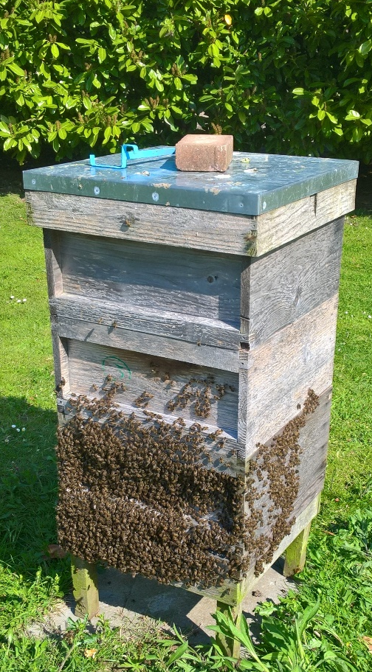
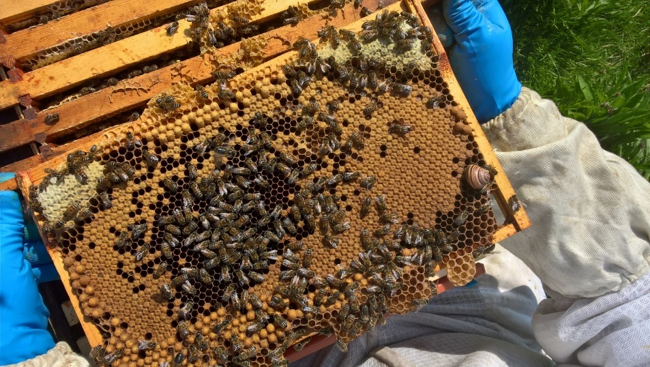
All in all, May has been a good month for our beekeeping; the colonies have expanded and, as always, given us little challenges along the way, which is all part of the fun. Over the next month, our two main priorities will be to continue keeping an eye on colonies that may be wanting to swarm and also to make sure, during the June Gap where there may be little to forage on, that our bees are well fed.
Bees for Development Update
Bees for Development wins Silver at RHS Chelsea Flower Show!
Early in 2018 Bees for Development was fortunate to be selected for a place at this years RHS Chelsea Flower Show. However staging an exhibit at the world’s top flower show in central London is no small undertaking! Fortunately Thorne’s stepped in to help: Thorne’s built a beautiful stand and undertook all the coordination involved with staging our exhibit - for which we were awarded a coveted Silver Medal! Our stand was busy all week with thousands of visitors interested to hear of Bees for Development’s work world-wide.
 Gill & Paul Smith with BfD stand at Chelsea
Gill & Paul Smith with BfD stand at Chelsea
Our stand featured a large 3D model of the BfD logo Acacia tree, hanging within it a beautiful woven hive from Zambia. The display emphasised the power of bees and featured dozens of world crops that they pollinate from allspice to watermelon! Three of BfD’s Patrons, Bill Turnbull, Martha Kearney and Monty Don were all at Chelsea too. We thank E H Thorne (Beehives) Ltd. for creating and sponsoring our Chelsea display.
Meanwhile our work continues well, and this month we feature Yitateku Azene, a beekeeper in Ethiopia, who now has 13 hives. She can harvest 20kg of honey per colony and plans to expand her beekeeping, because the honey sells well. The money is a valuable source of extra income and helps her buy essentials for her two children. Yitateku says, “I have attended Bees for Development’s training. Now I can make beehives from materials I can find easily. I can catch swarms and take them back to my hives. I am not afraid of bees and nor are my children".

Yitateku with her two children
Win a hamper of Tiptree foods
Bees for Development’s 25th Birthday Giveaway offers fantastic prizes every month of 2018. For June the fantastic prize is Tiptree’s Denesfield Hamper. This is a beautifully presented hamper, filled with the most delicious selection of luxury conserves, chutneys and treats, all presented in a smart wicker picnic basket.
For a chance to win this hamper, enter your details here!
Congratulations to Robin Harman, winner of May’s prize - a pair of Kate Osborne pictures.
National Honey Show News
The National Honey Show, 25 to 27 October 2018, Sandown Park Racecourse, Esher, KT10 9AJ www.honeyshow.co.uk
There is a new class proposed for this year’s National Honey Show of a short video clip that could be taken on your phone. So as you go about the countryside, visit your apiary and observe the antics of your bees, or even bumble bees, do grab your phone and record it as a possible entry, as well as for the entertainment of your family and friends.
Upcoming Events
An Introduction to Beekeeping - Saturday 16th June
One day beginners course
Rand Head Office


